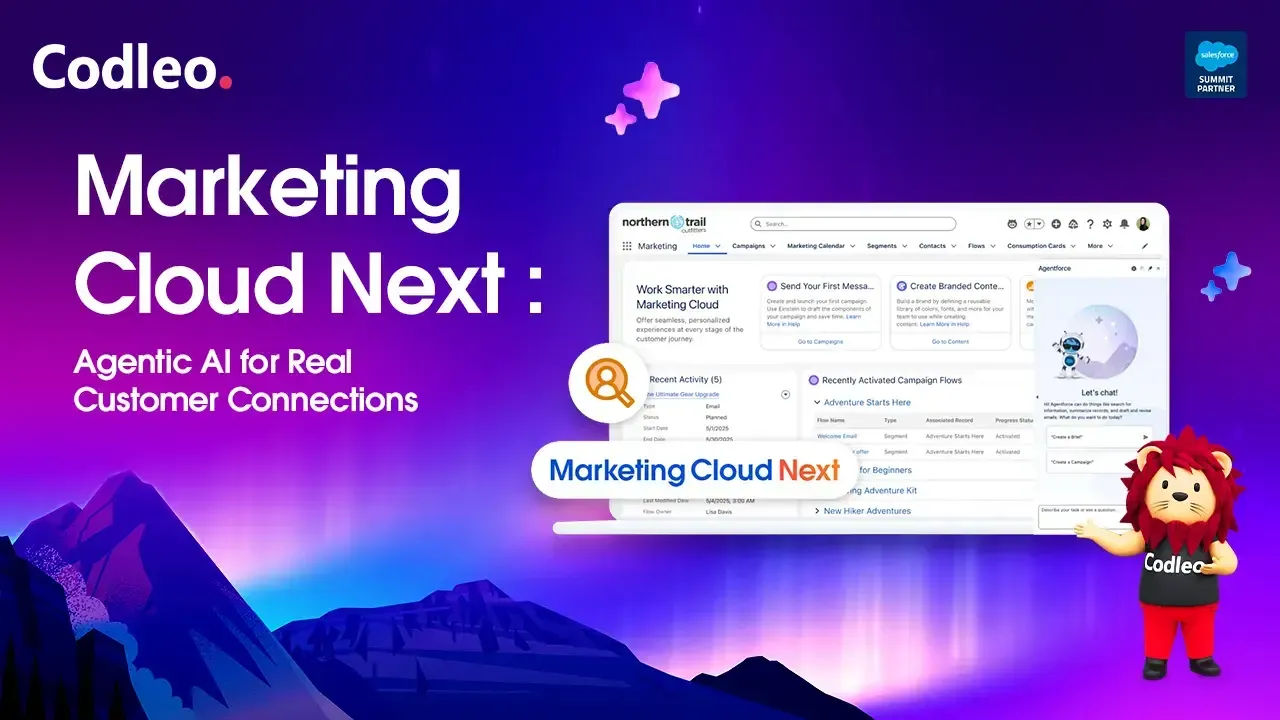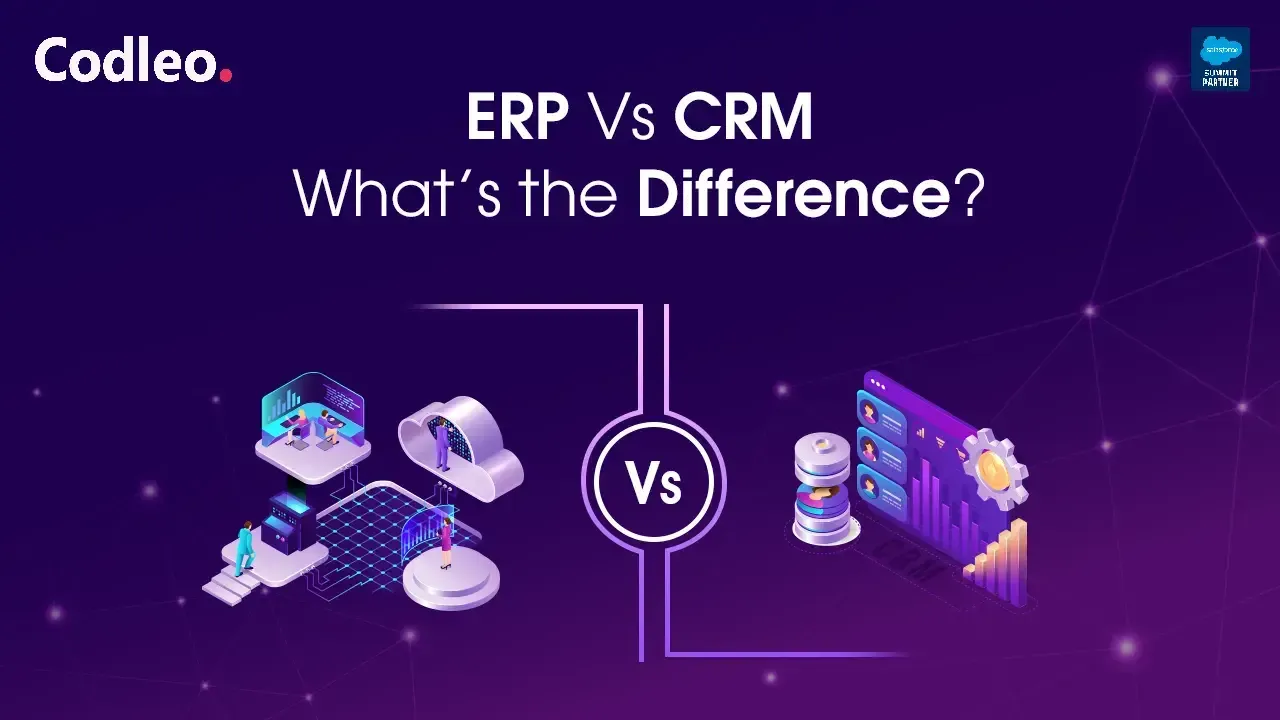Publish date:
DevOps is rapidly becoming a go-to IT practice across various industries, including startups, core technology firms, and manufacturing facilities. For the manufacturing sector, where production chains are continuously active, DevOps strategies offer a perfect fit.
The market's demands for rapid growth, quick delivery, and innovation-driven progress require a new approach to the manufacturing chain. This necessity fuels the integration of DevOps in manufacturing.
DevOps focuses on software development with an emphasis on automation, collaboration, and communication. Initially linked to software companies, DevOps is now widely embraced by manufacturing firms aiming for operational excellence.
This article offers a comprehensive look at DevOps implementation in manufacturing. We explore its demand, key components, and role in achieving operational excellence, along with best practices for its deployment in this sector. Additionally, we discuss its overall significance.
The Importance of DevOps in Manufacturing
DevOps plays a crucial role in manufacturing by enhancing communication and collaboration. Success in DevOps is measured by achieving excellence in three key areas:
-
Collaboration
-
Automation
-
Innovation
These areas lead to better communication and teamwork, faster delivery times, and reduced time-to-market. Let's dive deeper into these core areas!
Collaboration
A major challenge for many firms is the lack of collaboration between internal teams. Effective collaboration goes beyond just a process—it's a goal that many strive for but often miss. DevOps bridges the gap between the development and operations teams.
By bringing Dev and Ops teams together, DevOps ensures they understand each other's tasks, conduct quality checks at each development stage, perform necessary testing, and deliver a ready-to-use product. This approach fosters strong collaboration and efficiency.
Automation
Automation is often misunderstood as replacing human workers with machines. In reality, automation means using automated solutions for repetitive tasks—something that modern manufacturing already relies on heavily. Achieving robustness through automation enhances any manufacturer's operations, and DevOps supports this transformation.
Innovation
When quality and production results are assured, it eases the pressure on the product development lifecycle, creating room for innovation. Staying competitive in the market relies heavily on innovation. DevOps provides strategies to drive innovation by streamlining processes and allowing business decision-makers to focus on creative thinking while internal teams handle execution.
DevOps Key Components
DevOps automates development by fostering collaboration between the development and operations teams and automating specific steps. Key components include:
Continuous Development
Continuous development is crucial in DevOps, focusing on the ongoing improvement and delivery of software. This practice involves making small, regular code updates, allowing for quick testing and validation before user testing. This approach helps DevOps teams respond swiftly to market demands and customer needs, reducing time to market and enhancing software quality.
Continuous development includes automated testing, version control, continuous integration, and continuous delivery. These elements ensure thorough testing of code changes, enabling fast and reliable delivery to users.
Version control systems help developers manage code changes efficiently, integrate new updates into the main codebase, and automate the delivery of updates to production environments.
Popular tools for continuous development are Jenkins, GoCD, and Bamboo.
Continuous Integration
Continuous integration (CI) is a vital practice in DevOps, where code changes are frequently merged into a central repository. This helps developers spot and fix issues early, preventing them from becoming costly and time-consuming problems.
CI is essential in DevOps for enhancing team collaboration, reducing errors, minimizing conflicts, speeding up software updates, and ensuring smooth development processes. By continuously incorporating code changes, CI makes the entire development process more efficient.
The process of continuous integration involves several key steps. Developers submit their code changes to a shared repository. An automated build process then compiles the code and runs tests to ensure it meets quality standards. Any issues are immediately reported back to the developers for quick resolution.
Continuous Testing
Continuous testing is a key part of DevOps, involving constant and automated testing throughout the development process. This practice ensures that code changes are thoroughly tested, validated, and verified early on, allowing for quick identification and resolution of issues.
Continuous testing is vital in DevOps because it ensures software updates are delivered quickly, efficiently, and with the highest quality and reliability. By automating the testing process, continuous testing helps teams catch and fix issues immediately, reducing risks such as downtime or disruptions.
This approach relies on automated testing tools and frameworks, including unit, integration, and performance testing tools. These tools are integrated into the development process to automatically test code changes as they occur, providing fast feedback to developers.
The automated testing process in continuous testing ensures that software updates meet user and stakeholder needs and are delivered with top-notch quality and reliability.
Popular continuous testing tools include Jenkins, JIRA, Selenium, Katalon, Mabl, and Puppet.
Automated Delivery Pipeline
An essential aspect of DevOps, automated delivery pipelines help teams streamline the release process, reduce errors and downtime, and deliver updates more quickly and reliably.
Automated delivery pipelines consist of several stages, including building, testing, packaging, and deploying software updates. Each stage is seamlessly integrated into the development process to ensure that software updates are deployed to production environments quickly and efficiently.
These pipelines play a crucial role in DevOps by ensuring that software updates are thoroughly tested, validated, and delivered rapidly and efficiently to users. By automating the delivery process, teams can minimize errors and downtime, improving the quality and speed of updates.
Configuration Management
Configuration management is a key component of DevOps that automates the management of infrastructure, applications, and their associated processes to ensure they remain consistent with the desired state.
Configuration management simplifies tracking changes, identifying issues, and auditing systems. It reduces the complexity of managing complex systems while maintaining their integrity. It also keeps all stakeholders informed about the current state of their environment, leading to reduced downtime and improved service levels.
By automating the management of infrastructure and applications, configuration management ensures they comply with the desired state in an environment. Tools like Vault, Etcd, and Consul are examples of configuration management solutions.
Regular Integration
Regular integration (RI) is a vital part of DevOps, ensuring continuous changes throughout the software development cycle. By making small, frequent updates before releasing them to customers, RI helps reduce the risks that could lead to major software issues.
RI facilitates automated software testing and deployment, reducing the manual effort needed to move from development to production. It also makes it easier to track changes and identify potential issues.
Regression testing in RI is essential for ensuring timely and consistent delivery of software updates.
Automated Monitoring & Health Checks
DevOps heavily relies on automated monitoring and health checks to ensure applications operate at peak performance. By using automated tools to collect data on system behavior, DevOps teams can identify potential issues before they become critical, preventing downtime or performance problems.
Automated monitoring allows teams to analyze and optimize system performance, ensuring applications run efficiently. This data supports proactive resource planning and optimization strategies to prevent issues before they arise.
Automated health checks go beyond monitoring application performance; they identify issues in system components like servers, databases, and networking equipment. DevOps teams can quickly detect and resolve problems, reducing downtime and maintaining a positive user experience.
Popular tools for automated monitoring and health checks include Kibana, Splunk, Sensu, Nagios, Prometheus, and Alert Manager.
Infrastructure as Code
Infrastructure as Code (IaC) is a DevOps practice that involves defining and managing infrastructure through code instead of manual configuration. This approach makes it easier for teams to replicate and scale environments, effectively managing infrastructure at scale. IaC simplifies scaling, allowing rapid deployment of new environments and efficient management of existing ones.
DevOps consulting services teams utilize IaC to automate infrastructure deployment effectively and scalably across different environments. By treating infrastructure as code, teams can use version control for deployment procedures, ensuring consistency and ease of management across various domains.
Role of DevOps Culture in Achieving Operational Excellence
A strong DevOps culture is crucial for achieving operational excellence. It sets the foundation for successfully implementing processes and tools, fosters an iterative mindset where teams can experiment, learn from failures, and continuously improve. This approach enhances time to market, software quality, and customer satisfaction.
DevOps culture also promotes an engaged and motivated workforce, encouraging employees to take ownership of their work and contribute to the company's success. Collaborative and trust-based activities within a DevOps culture improve team morale, facilitate knowledge sharing, and boost productivity.
In manufacturing, a robust DevOps culture is essential for achieving operational excellence. It establishes the mindset and values necessary for effective collaboration and continuous improvement. When combined with efficient processes and tools, this culture enables manufacturers to optimize software development and deployment.
Best Practices for DevOps Implementation
Here are our seven top practices for DevOps implementation:
Practice 1: Agile Project Management
Agile is a flexible project management and software development approach that helps teams deliver value quickly without unnecessary delays. Agile teams focus on producing work incrementally rather than waiting for a large release date. Requirements, plans, and results are continuously evaluated, allowing teams to respond to feedback swiftly and make necessary adjustments.
Key concepts of agile project management include:
Create a workflow with four phases: to-do, in-progress, code review, and done.
Break large projects into manageable tasks and respond quickly to changes in needs or scope.
Use frameworks like Scrum and Kanban to plan, track, and measure incremental work.
Practice 2: Shifting Left with CI/CD
"Shifting left" means incorporating early testing into the code development process, rather than relying on independent testing or quality assurance teams. Continuous integration and delivery (CI/CD) support this approach by ensuring code changes are tested and validated early.
Practice 3: Use Appropriate Tools
A DevOps toolchain requires the right tools for every stage of its lifecycle to improve software quality and delivery speed. Choose tools that match each step of the DevOps process to enhance efficiency.
Practice 4: Implement Automation
CI/CD processes allow developers to regularly merge code into the main repository without manual checks. Automation is essential in DevOps, including end-to-end testing, unit tests, integration tests, and performance tests. Incorporate automation into your development process to streamline workflows.
Practice 5: Monitor DevOps Pipelines and Applications
Monitoring DevOps pipelines is crucial to avoid delays caused by broken builds or failed tests. Regularly monitor production applications to detect failures or performance issues before customers experience them. Automation speeds up development, but manual checks are necessary when automated processes fail.
Practice 6: Observability
With the shift from monolithic systems to cloud-native microservices, monitoring has become more complex. Observability focuses on using logs, traces, and metrics to gain insights into system performance. These data sources help teams make informed decisions about their applications and systems.
Practice 7: Continuous Feedback
Continuous feedback ensures team members have the necessary information to perform their tasks effectively. Developers need immediate notifications of pipeline failures and quick access to code test results. Product managers must stay informed about production failures, performance issues, and reported bugs. DevOps enables continuous feedback loops between development and operations teams, optimizing both speed and quality.
Benefits of DevOps for the Manufacturing Industry
DevOps was initially adopted by IT companies focused on application development and cloud services, aiming for rapid, robust, and efficient software development processes. Recently, manufacturers have also begun to adopt DevOps practices, using control dashboards, mobile apps, and predictive maintenance algorithms to monitor their devices.
Product development teams in the manufacturing industry need to integrate DevOps methodologies to keep pace with market demands. Let's explore the benefits of implementing DevOps in industrial software development:
Benefit 1: Greater Agility
DevOps allows software development companies to quickly update software to meet changing client demands. Automated code testing, continuous integration, and continuous delivery enable rapid and precise deployment of new software and products in manufacturing facilities.
Benefit 2: Improved Efficiency
DevOps enhances efficiency, response times, and implementation speeds in the manufacturing industry. By integrating DevOps, administrators can focus on key IT functions while development teams manage servers and technical requirements, speeding up task completion and reducing deployment times.
Benefit 3: Automated Processes
An automated DevOps pipeline involves automating continuous integration, testing, deployment, and live monitoring of application results. This approach allows businesses to scale solutions, reduce complexity and costs, and manage IoT software with a focus on operational efficiency and scalability.
Benefit 4: Faster Time to Market
To remain competitive, manufacturing industries must quickly bring products and services to market. DevOps enables rapid development of innovative solutions with precision, allowing manufacturers to compete effectively and offer cutting-edge solutions without compromising quality.
Benefit 5: Innovation
DevOps in manufacturing focuses on production speed and quality control, addressing runtime performance issues, and providing support throughout the software development process. This fosters continuous innovation and improvement.
Conclusion
Implementing DevOps in manufacturing is essential for achieving operational excellence. By adopting DevOps practices, manufacturers can improve software quality, shorten time to market, and quickly adapt to changing market demands.
To succeed with DevOps, manufacturers must embrace a culture of collaboration and continuous improvement, invest in the necessary tools, and choose the right DevOps implementation services. With these best practices in place, manufacturers can achieve operational excellence and outperform their competitors.
We can help you formulate a DevOps strategy centered on business outcomes, enabling you to start small without large upfront investments and gradually adopt DevOps practices. Reach out today and begin your DevOps journey!















